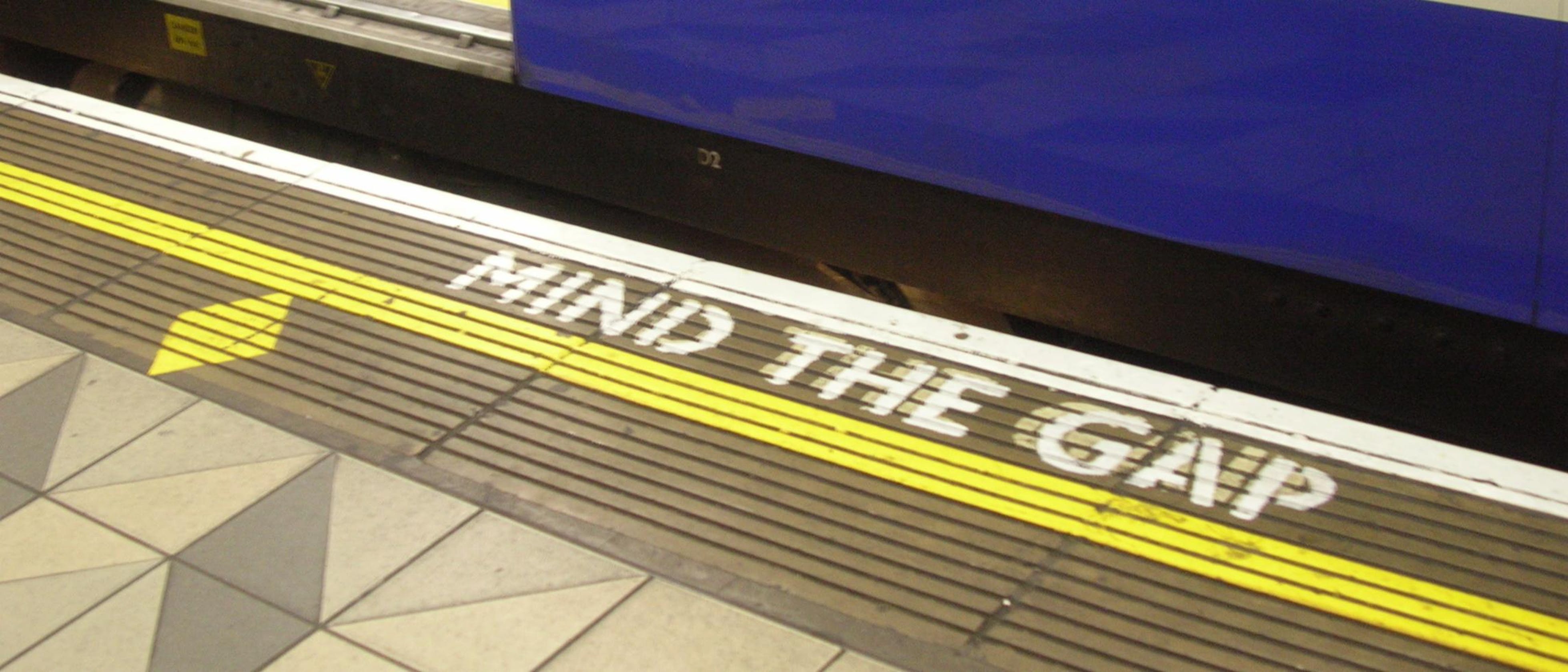✨ Health insurance, now in PayFit - learn more
💷 All the rates & thresholds you need to know for 25/26...right here
✨ The Payroll Journey: Start, Scale & Succeed Globally - learn more
✨ Health insurance, now in PayFit - learn more
💷 All the rates & thresholds you need to know for 25/26...right here
✨ The Payroll Journey: Start, Scale & Succeed Globally - learn more

Over the last few years, organisations have made concerted efforts to put gender equality issues at the forefront of their business.
While there remains a significant amount of work to be done to guarantee that both women and men are treated equally, thankfully, measures are being put in place to close the gap.
This article will explain what gender equality is, how companies are addressing it, what laws are in place to reduce inequality, and how PayFit helps businesses monitor and improve their gender gap.
Gender equality is the state in which access to rights or opportunities is unaffected by someone’s gender.
It is achieved when both women and men enjoy the same opportunities and rights in society.
While these inequalities are likely to be replicated within places of work, the one metric that best highlights gender equality in organisations is the gender pay gap.
Gender inequality has manifested itself in several different ways throughout history. Appreciating the historical context of gender inequality is vital to understanding why the workplace remains one of the areas where gender inequality is still prevalent.
Historically, women's role in society has been restricted to being the primary carers of children and other dependants. In recent years, this outdated way of thinking has been challenged and the traditional perception of women being best suited to domesticated life and raising families is being progressively phased out.
In the UK, gender inequality can be evidenced throughout much of the last century. Women weren't granted the right to vote until 1918 and, even then, the qualifying rules were different to those of men. It wasn't until a full decade later that both men and women could vote on the same terms.
While women achieved voting parity with men, the workplace has continued to be a theatre where women are consistently undermined, unappreciated and perhaps most measurably, underpaid.
So why does a gender pay gap remain?
The gender pay gap is the average hourly percentage gap between the salaries received by men and women. This is very different to equal pay which relates to paying both men and women the same for jobs of equal value.
For a long time, men have been rewarded disproportionately compared to their female colleagues; however, it is crucial to understand the difference between equal pay and the pay gap.
Equal pay relates to paying both men and women the same for jobs of equal value. The gender pay gap is the average hourly percentage gap between the salaries received by men and women.
Since 1970 the Equal Pay Act has prohibited any differentiation between men and women in the same employment. The law stipulates that “for men and women employed on like work the terms and conditions of one sex are not in any respect less favourable than those of the other.”
While equal pay may be consecrated in law, the gender pay gap continues to be a big issue within the workplace.
In 2020, the UK’s overall gender pay gap within UK employment saw men earn 15.5% more than women, while the difference between full-time employees was 7.4%. Results from the previous year saw little change (17.3% and 8.9%).
The reasons behind this continued gap are complex and numerous. Issues such as the incorrect implementation of the Equal Pay Act is one, as is the disproportionate number of men in senior positions.
In the latest global equality rankings, the UK fell six places to 21st and, according to data released by Catalyst, a global non-profit organisation that supports companies build workplaces that work for women, just over 37% of UK management positions are held by women.
But why is this the case?
Seniority almost certainly plays a part; however, an underlying issue continues to be the cultural bias and stereotypical assumptions that many people still hold.
Unravelling the knots of decades of gender discrimination is unlikely to be solved overnight and there remains a great deal of work to be done to achieve parity moving forward.
Furthermore, the delay in reporting due to the pandemic means these particular numbers refer to the distant days of spring 2020, and workers who were furloughed may not be included, making it hard to track how some companies have improved - or not.
The Equal Pay Act 1970 was repealed in 2010 and replaced with The Equality Act 2010. This act is an amalgamation of many prior existing acts; the previously mentioned Equal Pay Act 1970; the Sex Discrimination Act 1975; Race Relations Act 1976; Disability Discrimination Act 1995; and three other statutory legislations protecting against discrimination in employment on the grounds of sexual orientation, age and religious beliefs.
Steps have been taken in recent years to try and reduce the gender pay gap in organisations.
Changes to the Equality Act came into effect on 6 April 2017. These changes made it compulsory for companies with 250+ employees in Great Britain (excluding Northern Ireland) to report the gender pay gap figures within their organisation at the end of each financial year.
The introduction of such measures was designed to try and shed light on the disparity between how much men and women earn in the same organisations.
Companies that met the criteria had to respond to six specific points.
their mean gender pay gap in hourly pay;
their median gender pay gap in hourly pay;
their mean bonus gender pay gap;
their median bonus gender pay gap;
the proportion of men and women who receive a bonus payment;
the proportion of men and women in each quartile pay band.
For the coming tax year, public sector organisations must measure their data from the 31st of March of 2020, while private companies and those that work within the charity sector must provide data from the 5th of October 2021.
The public sector must then publish their data by the 31st of March 2021, whereas private companies and charitable organisations have until the 5th of October 2021 to release theirs.
We at PayFit work tirelessly to ensure that all of our clients remain compliant at all times.
This means that even if you do not have a mandatory requirement to report, we provide the relevant data analysis of the gender pay gap within your organisation in conjunction with the above criteria.


One of the most powerful and often underutilised staffing strategies is looking within. Here, we break down internal recruitment for UK businesses.

Draft ‘Equality (Race and Disability) Bill’ 2024: new measures, what it includes, how businesses can prepare

In light of the International Transgender Day of Visibility 2024, let's explore how HR teams can effectively support transgender employees and create a more inclusive environment.

Our guide to Ramadan advice for employers details exactly how HR teams can support and make accommodations for Muslim employees.

International Women's Day is marked annually on 8 March. It's an opportunity to celebrate the achievements of women all across the globe.

If your organisation has 250+ employees, chances are you'll need to submit a Gender Pay Gap report. We offer a quick summary of all you need to know.